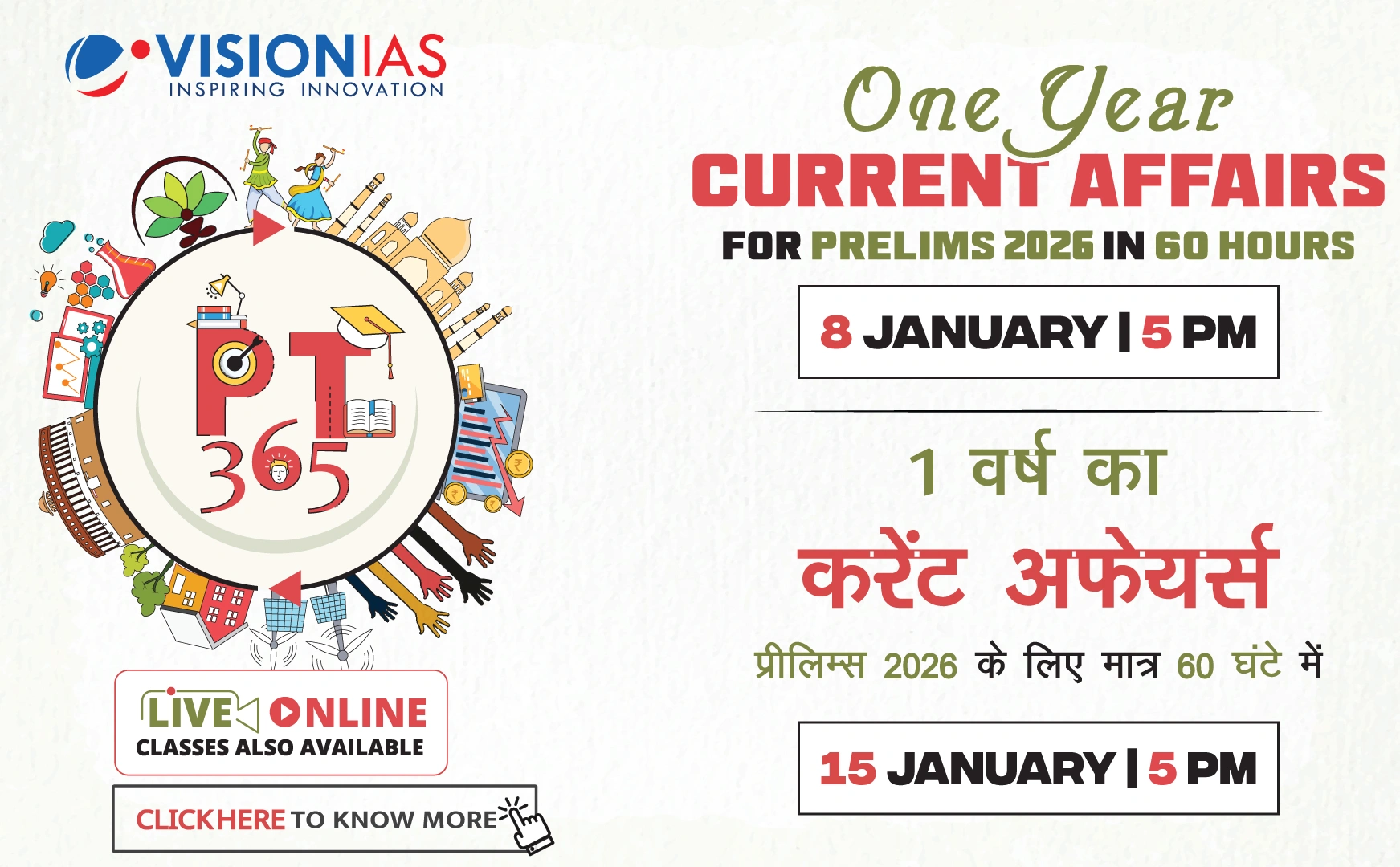Heatwaves and Their Socio-Economic Impact in India
On March 15, 2025, parts of India experienced their first severe heatwave of the year, earlier than the previous year. Such early and intense heatwaves highlight a rising trend in the number and severity of heat days over the past decade. The year 2024 was the warmest on record, with temperatures 1.55°C above pre-industrial levels, while December 2022 marked the hottest December since record-keeping began in 1901.
Impact of Heat Stress
- Health Effects:
- Heat stress occurs when external temperatures approach the human body temperature of 37°C, affecting organs like kidneys, liver, and brain, potentially causing illness and death.
- Socio-Economic Effects:
- Heatwaves exacerbate farming stress, reducing agricultural productivity and livestock survival.
- 75% of India's workforce (about 380 million people) is engaged in heat-exposed labor, leading to a significant loss of work hours and GDP (3% to 5%).
- In 2023, nearly 6% of work hours in India were lost due to heat stress.
Heat stress disproportionately affects marginalized groups, including the poor, migrants, subsistence workers, women, and the elderly. Women face additional challenges due to social norms, such as working in hot kitchens and wearing culturally prescribed clothing.
Heat Action Plans (HAPs)
- Development of HAPs:
- More than 23 Indian states and 140 cities have State- and city-level Heat Action Plans.
- HAPs involve predicting heatwaves, raising community awareness, preparing health systems, and implementing long-term heat reduction measures.
- Implementation Challenges:
- Many HAPs have only shown partial success and require enhanced collaboration between city authorities, state governments, and NGOs.
Recommendations for Effective Heat Action Plans
- States should update their HAPs, incorporating local heat vulnerability assessments and clear stakeholder responsibilities.
- Enhance data collection on heat stress and mortality to provide actionable insights.
- Include day and nighttime temperature monitoring and develop sophisticated warning systems for thermal comfort.
- Strengthen long-term preventive measures, such as improving building infrastructure and providing financial support to informal workers.
- Implement summer shelters and cool roof policies to mitigate urban heat.
- Ensure the availability of drinking water and ORS at public places and workplaces, and allow staggered work hours during heatwaves.
Investments in heat-related actions are cost-effective, reducing both direct healthcare burdens and indirect socio-economic costs. Policymakers should frame heatwaves as an equity issue and adopt a people-centric approach for sustainable solutions.






